Incarceration Nations Network (INN)
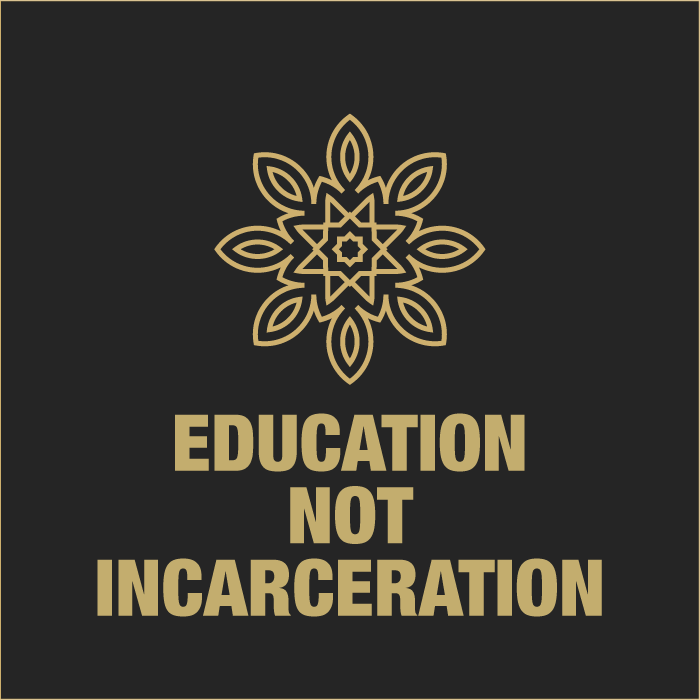
EDUCATION NOT INCARCERATION
Studies reveal that the overwhelming number of people in prison are the very people who were not given access to educational opportunities in the first place, due to systemic racism and poverty; had they been given such access they likely would not have ended up in prison. Educational programs behind bars are thus a way of righting the educational wrongs that society has inflicted on its poorest, most neglected members.
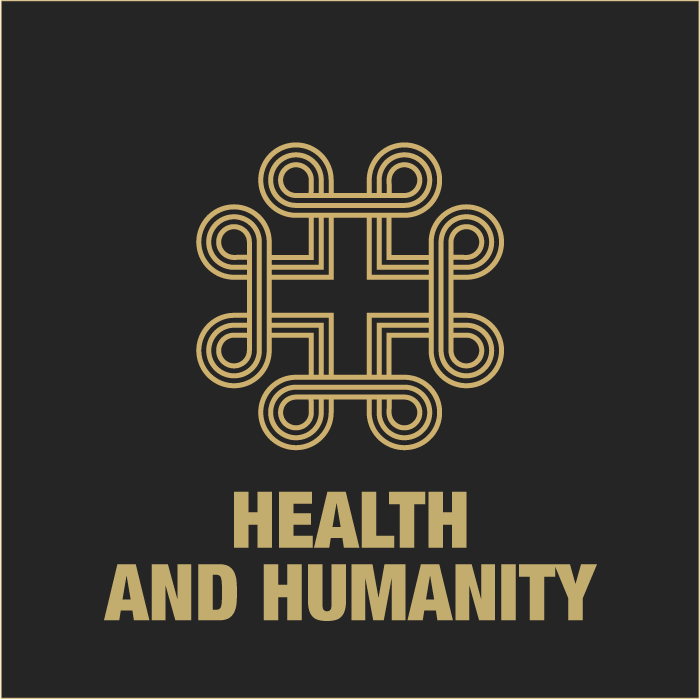
HEALTH & HUMANITY
Overcrowding is a crisis in prisons throughout the globe. According to Penal Reform International’s 2017 Report, prison occupancy levels in 79 countries (40 percent of the world’s states) were above 120 percent capacity and as many as 51 countries (26 percent) had a problem of extreme overcrowding, with occupancy levels above 150 percent. Of the 198 countries for which data was available, 58 percent were operating at over 100 percent capacity.

WOMEN BEHIND BARS
According to Penal Reform International, a disproportionate number of women in prison have experienced violence in their lives, including sexual abuse; this cycle of violence often continues in prison and after release. Linked to this violence are high rates of mental health illness, substance dependencies and susceptibility to self-harm and suicide.
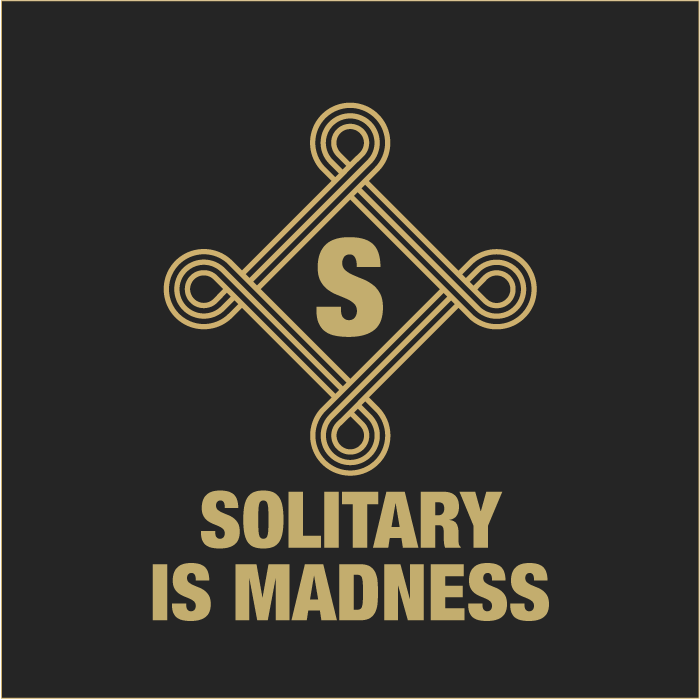
SOLITARY IS MADNESS
Also known as segregation, isolation, separation or lockdown, a practice that exists inside super-maximum prisons or Secure Housing Units (SHU), solitary confinement is inflicted on people in various incarnations around the world. INN defines it per the Nelson Mandela Rules: the confinement of prisoners for 22 hours or more a day without meaningful human contact, for a time period in excess of 15 consecutive days. This definition is informed by studies showing that the effects of solitary may be irreversible after this period.
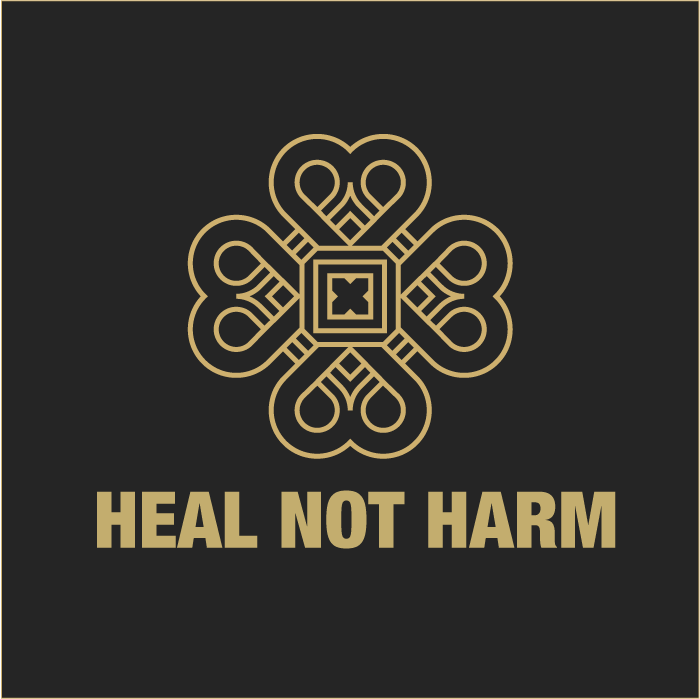
HEAL NOT HARM
In the words of psychologist James Gilligan, “punishment does not prevent or inhibit further violence; it only stimulates it.” Yet punishment powers the vengeful approach of virtually every country’s justice system today. What if a justice system were concerned not with punishing the wrongdoer but repairing and making amends to the survivor? What if the survivor, not the wrongdoer, sat at the heart of the justice system? This is the essence of restorative justice (RJ), a radically different paradigm.
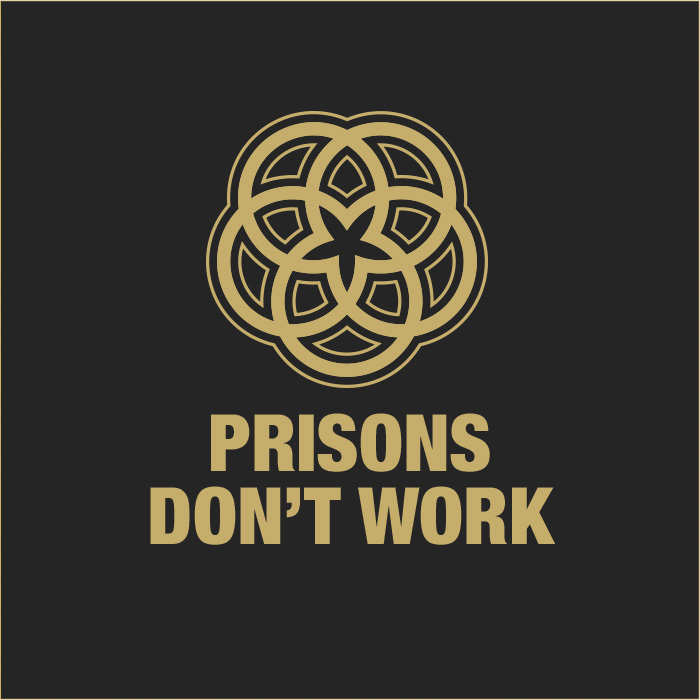
PRISONS DON'T WORK
There is no clear link between incarceration rates and crime rates globally. Countries with higher incarceration rates do not have lower crime rates. In most countries of the global North crime rates have dropped dramatically since the 1990’s, while other regions like Latin America have seen increases. Yet incarceration rates have continued to increase independent of crime rates.

SMART ON DRUGS
Throughout the world the predominant approach to the use of illicit drugs is to criminalize those who use and/or possess them—despite evidence that such an approach carries with it devastating health harms and human rights abuses, whilst failing to suppress drug use. But by its own metrics, global drug policy centered around prohibition has been a complete failure. In 2003 an estimated 185 million people had used an illicit substance in the previous year, increasing to 271 million people by 2017.

WHO IS THE TARGET
Despite being known as mass incarceration, it does not impact the masses on equal terms. It is clear from prison statistics worldwide that certain groups and communities are grossly over-represented in prison populations. “Othered” communities—whether African-Americans and Latinos in the US; Indigenous people in Canada, Mexico, Australia and New Zealand; Roma people and foreign-born people throughout Europe; poor people all over the Global South—are targeted by and thus caught up in criminal justice systems at dramatically disproportionate levels.

